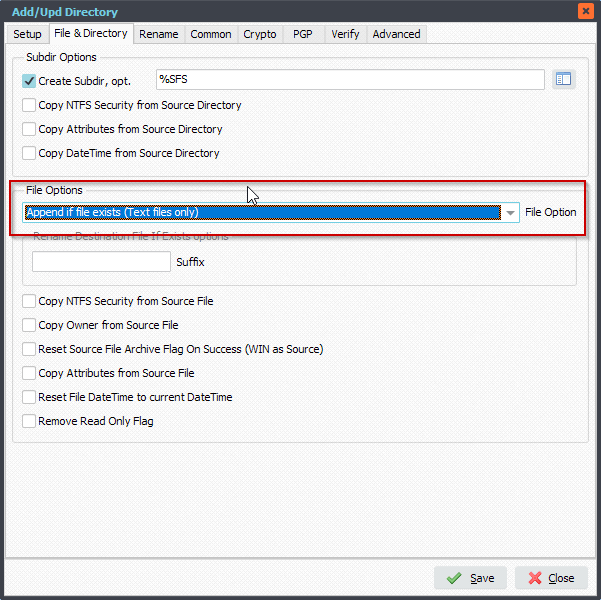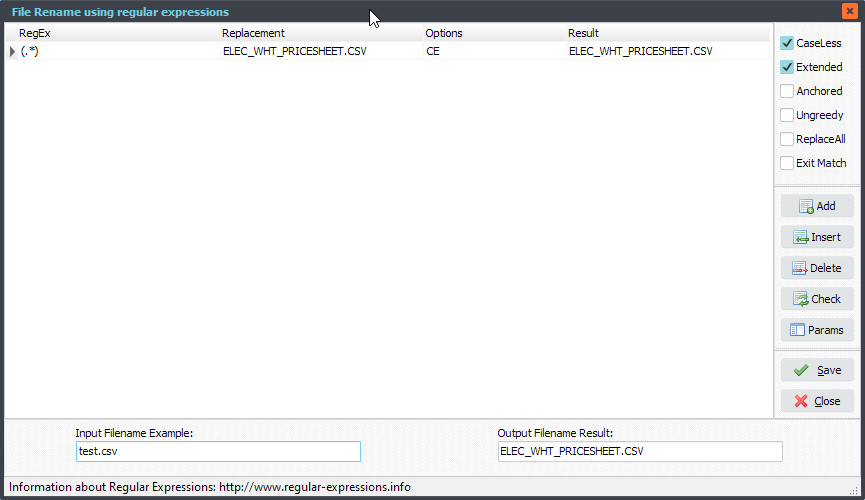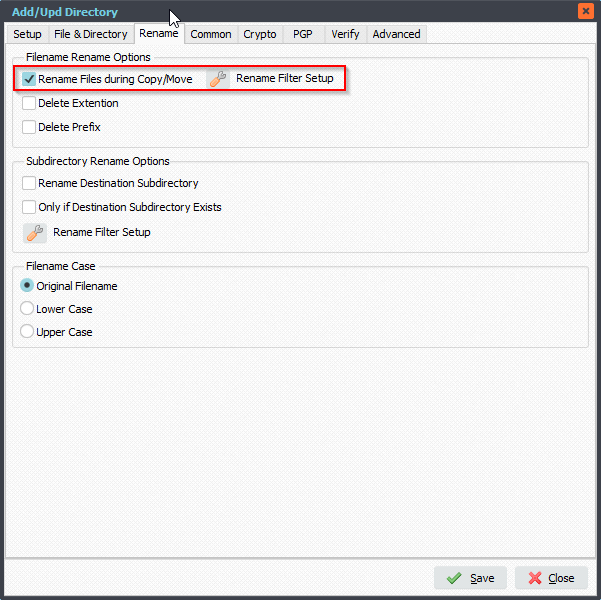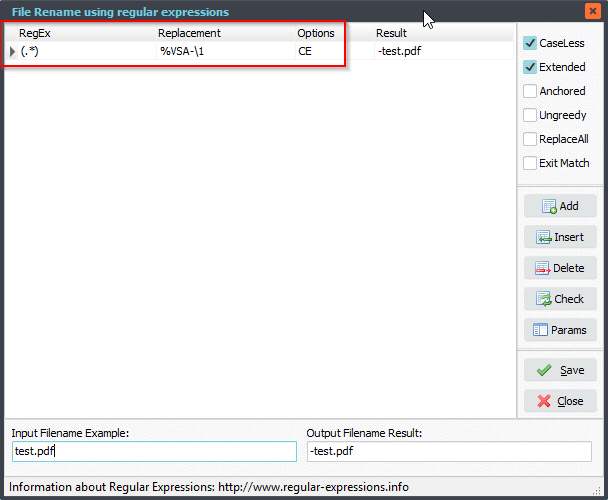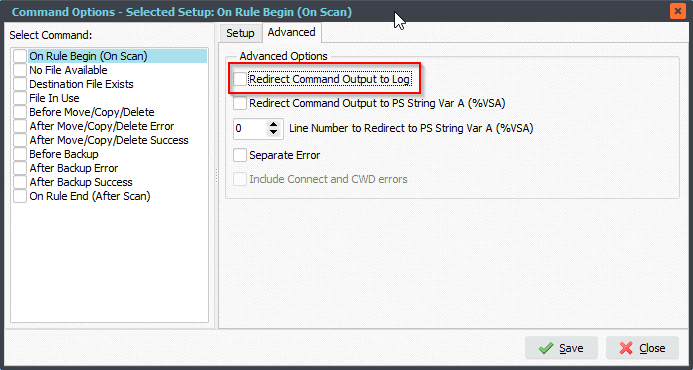Q: Have a request. I have a load of FTP sites that customer upload to and currently we have a Limagito move on each of those folders – we now have too many of them to manage. Am trying to cut these down to one move per group of users.
So, if a file arrives in a folder ABCD the move will pick it up, report to the user that a file has arrived and place it in their User folders with an append to the name telling them that it arrive in folder ABCD. So customer called ABCD has uploaded a file named ‘my files to you’ to their folder called ABCD. The file(s) are picked up and moved to a new folder with and rename ‘ABCD-my files to you’. Pretty sure this is possible here. But have had bit of play around with it but its defeating me!!!
A: So the FTP server has a root folder with 1 subfolder for each customer like
D:\Root\CustomerA
D:\Root\CustomerB
D:\Root\CustomerC
Limagito will scan D:\Root and will pickup files from subfolder CustomerA and move them to another folder with the prefix of CustomerA-filename.pdf
Limagito will scan D:\Root and will pickup files from subfolder CustomerB and move them to another folder with the prefix of CustomerB-filename.pdf
1.Please add the following ‘On Destination’ Pascal Script:

Begin
psExitCode:= 1;
// ... add your code here
psVSA := psStringReplace(psFilePath, psSourcePath, '');
psVSA := psStringReplace(psVSA, '\', '');
End.
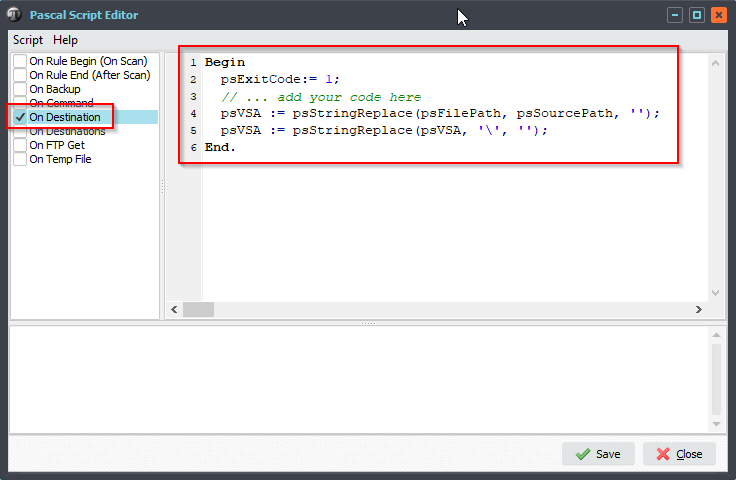
2. Add the following Destination File Renaming:
If you need any
help with this ‘load of FTP sites’ request, please let us know.
Best Regards,
Limagito Team
